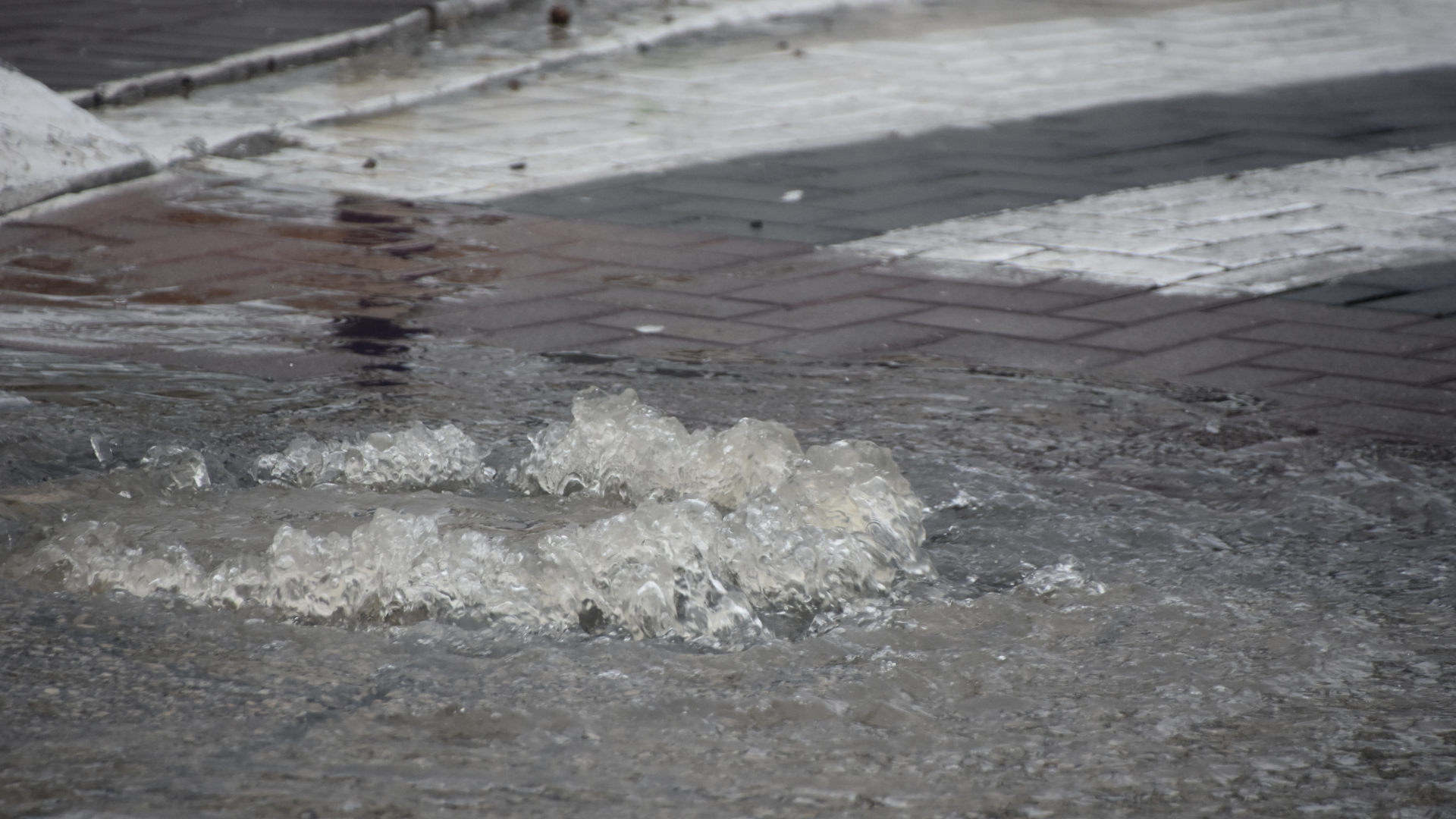
Dealing with Combined Sewer Overflows (CSOs) and Sanitary Sewer Overflows (SSOs) is a significant challenge for wastewater management. These overflow events, often triggered by heavy rainfall, blockages, or overloaded treatment plants, pose serious risks to the sewage system and to water engineers.
Advances in telemetry and data analysis are making it easier for wastewater utilities to anticipate and act on overflow events. Here’s how.
1. Real-time data for proactive decisions
Many wastewater utility teams struggle with limited field data, making it difficult to respond quickly to changes. By gathering and analyzing real-time data on flow, level, velocity, and rainfall, utilities can gain a clear picture of their network's status. This data-driven approach allows for proactive management, planned maintenance and timely responses to potential overflow events.
2. Advanced monitoring solutions
Advanced monitoring solutions, including sensors and edge devices, are crucial for managing sewage overflows. These devices can collect and securely transmit critical data from remote sites, offering a comprehensive view of the system. Using a combination of level sensors, flow meters, rain gauges, and cameras, utilities can monitor various parameters to identify and address issues before they become significant problems.
3. Regulatory compliance and safety
Meeting environmental regulations is essential for wastewater utilities to avoid fines and protect their reputation. In the United States, municipalities have a legal obligation to quantify CSO events under the U.S. Environmental Protection Agency (EPA) requirements, as mandated by the Clean Water Act and a 2005 Consent Order with the New York State Department of Environmental Conservation (NYSDEC).
Real-time monitoring and data management systems help wastewater managers with compliance by providing accurate and timely data for reporting. These systems are also key to improving worksite safety by reducing the need for hazardous manual inspections.
4. Leverage data integration and analytics
Integrating data from disparate sources is key to managing wastewater systems effectively.
How does this work?
- Sensors transfer data to data loggers
- Data loggers transfer the collected data to a data analytics platform
- This platform processes the aggregated information to provide actionable insights

Example of a data analytics solution surfacing data: AYYEKA’s Field Asset Intelligence plaftorm
Integration with SCADA (Supervisory Control and Data Acquisition) and GIS (Geographic Information Systems) enhances the utility’s ability to manage assets and respond to incidents efficiently.
5. Immediate alerts and automated responses
Modern monitoring solutions can send immediate alerts about impending overflow events, whether through SMS, email, or other notification systems. These real-time alarms let wastewater workers take quick action to prevent or mitigate overflows. Automated responses, such as adjusting pump operations or redirecting flows, can also be implemented to minimize the overall impact of these events.
Resilient wastewater infrastructures are data-driven
By focusing on high quality data creation, management and analysis, utilities can effectively reduce the risks associated with CSOs and SSOs. Combined, the data strategies outlined above facilitate better environmental and wastewater worker safety, public health, and the long-term efficiency and reliability of wastewater systems.
***
“AYYEKA works really well for us because it’s simple ... It doesn’t take a lot of time or effort to install – it’s truly a plug-and-play solution.”
Lance Barker, Wastewater Treatment Plant Maintenance Supervisor from Middletown, OH, is benefiting from AYYEKA’s combined telemetry and software solution for wastewater.
Book a demo today to learn how you can use AYYEKA to unlock your plant’s data insights.

